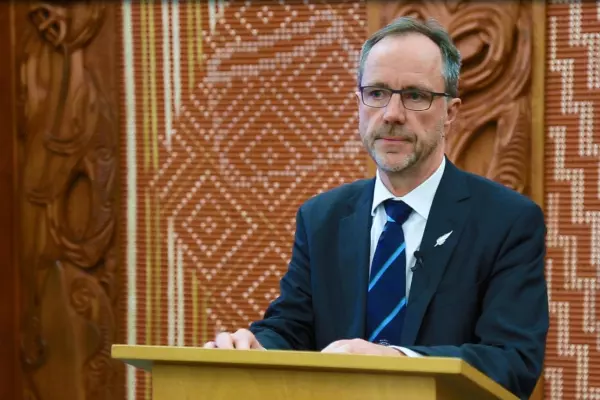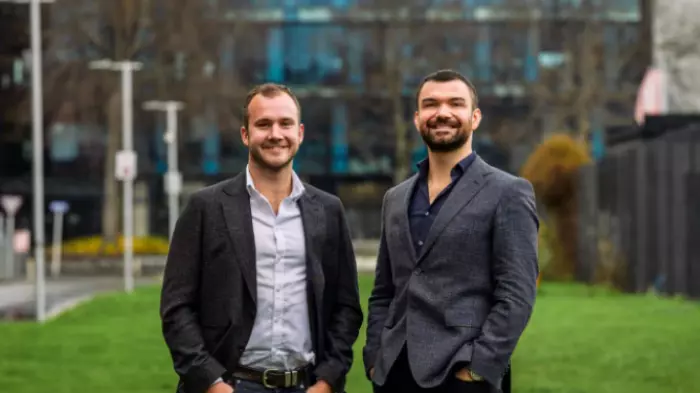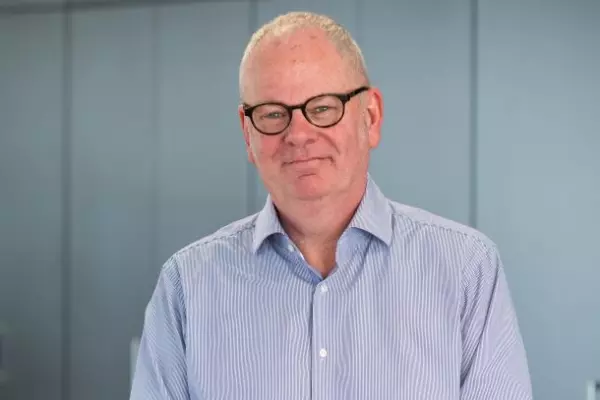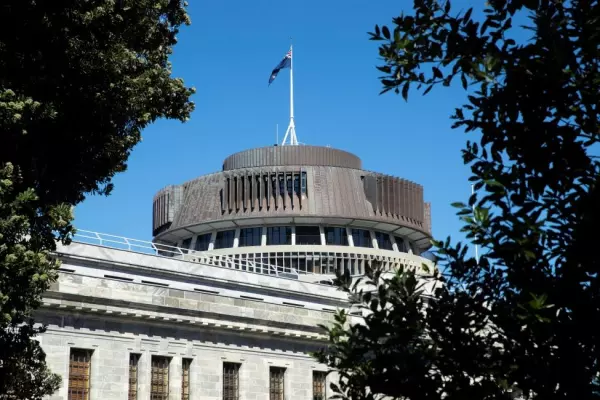Documents have come to light showing the Treasury disagreed with policy proposals to implement the $2 billion Kāinga Ora land acquisition programme that the government announced in March.
In a debate in Parliament last week, National's housing spokesperson Nicola Willis quizzed housing minister Megan Woods over how much value for money the taxpayer would see for its $2b investment.
Documents released to Willis under the Official Information Act showed the Treasury had raised extensive concerns over the programme.
“That’s not unusual!” interjected finance minister Grant Robertson before Woods had a chance to reply.
Woods said that despite the Treasury's concerns, taxpayers can be confident because there is a clear process for the land purchases, including Kāinga Ora presenting business cases for ministers to approve.
Prestigious enclaves
The debate focused on Kāinga Ora’s recent $70.4 million purchase of Ferncliffe Farm in Tauranga – the first acquisition under the new land programme and, after Porirua, only its second large-scale project outside Auckland.
Willis asked Woods why the government was out-competing as many as 10 private developers who were ready and willing to build at Ferncliffe.
Woods said she had received a letter from one developer complaining the land was in no way suitable for affordable housing and they had wanted to create “the most prestigious residential enclave in the region.”
"Tauranga has a housing crisis and it needs affordable houses, and on this side of the House we stand on the side of people wanting to provide those; not those standing for the most prestigious residential enclaves," Wood said.
The letter was written by Winton chief executive Chris Meehan and said the developer was planning to build 1,000 houses on the site.
Yet a cabinet paper released in response to BusinessDesk’s enquiries showed the government assumed a private developer would deliver only 560 houses.
A spokesperson for Winton told BusinessDesk they stood by their claim they would have delivered 1,000 houses on the site, “a mix of 800 residential homes of varying densities from apartments and townhouses to freestanding houses plus a retirement village of 200 dwellings across the useable 34 hectares.”
Winton also queried why the paper said the government couldn’t be sure what the market would deliver when it had written to ministers several times over its plans for the site.
While Meehan’s letter did say the land was unsuited to affordable housing, Winton’s spokesperson said the local council would have insisted a private developer included a percentage of affordable housing in the mix.
Winton is currently working in partnership with Kāinga Ora to deliver around 350 high-density houses and apartments at Auckland's Hobsonville Point.
The way Kāinga Ora worked with local partners to develop the former air force land into medium-density housing is seen as a model for what it wants to deliver in Tauranga.
Meehan said he applauded the government for addressing the country’s housing crisis, but he wants it to focus on land opportunities that the private sector isn't already keen to develop.
“We need to be on the same team to deliver a portfolio of different housing types throughout NZ, not competing for the same land to deliver the same thing.”
Not just another developer
In an interview, Woods said the government's housing agency wouldn't be going head-to-head with the private sector as just another developer.
“It's about how the government can step in to ensure that we are getting urban development outcomes that prioritise affordable housing.”
Woods also said the government has clear processes around ensuring it buys within registered valuation ranges.
She told Parliament that for the Ferncliffe purchase, two valuations ranged between $68m and $74.8m.
“We paid $70.4m, so it was at the lower end of the valuations.”
A spokesperson for Kāinga Ora also told BusinessDesk the key difference between it and the private sector is that the agency is not driven by the need to deliver profits.
“Generally speaking, we are more likely to deliver a larger number of homes on a site due to greater housing density, with more likelihood of a mix of affordable and public housing, even when the more profitable option is to deliver fewer homes on larger sites.
“Similarly, we aim to deliver homes as quickly as possible rather than adjusting timing to maximise profits and are therefore more likely to develop through market downturns, which have stymied housing supply in the past.”
Different views
The documents obtained by Willis were written by the Ministry for Housing and Urban Development (HUD) for a July meeting intended to sort out the policy details for the $2b programme.
HUD is the government’s lead adviser on housing policy, with Kāinga Ora the operational arm.
The documents show that the Treasury and the Minister of Finance held different views on what the housing market could be expected to deliver. “He disagrees (presumably with the Treasury’s suggestion) that the market will deliver the outcomes that the government wants,” HUD wrote.
Finance minister Grant Robertson told BusinessDesk the government is dealing with a major housing crisis after decades of undersupply.
“This requires us to take decisive action and deal with market conditions as they are.
"The Treasury has offered valuable input on housing policy. On this particular issue, I have confidence that there are processes in place to ensure the programme delivers on building affordable and social housing homes while ensuring it is sustainable for the long term.”
The documents also reveal a robust debate between HUD and the Treasury over the role Kāinga Ora should play in the housing market.
HUD wrote that the Treasury had "emphasised that Kāinga Ora should be focusing on using its regulatory tools (e.g. specified development projects and compulsory acquisition powers) to acquire and develop private land that would not be developed otherwise".
“HUD considers there are also considerable benefits in Kāinga Ora focusing on the other benefits outlined, ie acquiring land to increase the pace, scale, density of housing and ensuring there is a greater mix of affordable and public housing.”
Show us the money
The Treasury questioned whether Kāinga Ora had enough funding to pay for the provision of these additional public good benefits.
While the programme has a $2b capital fund for land purchases, it only has $46m in operational funding in the current financial year.
From this, $10m was budgeted for public good benefits, such as the commercial losses that might be incurred by providing affordable houses.
However, when Woods sought cabinet approval for the Ferncliffe Farm purchase in October, she advised that Kāinga Ora wouldn’t need to tap into this $10m funding stream.
She wrote that the medium-density housing intended for Ferncliffe would be more conducive to affordable price points.
“At this stage, Kāinga Ora has suggested this would not require direct subsidy from the ‘non-commercial’ outcomes component of the $46 million operating appropriation.
“However, the Crown would still cover interest payments on borrowing for the project from the operating funding.”
The project marks Kāinga Ora's return to Tauranga, after the last National party-led government sold all the state houses in the city (along with obligations to continue to look after the tenants) to the IHC subsidiary Accessible Properties in 2017.
The Fernciffe purchase had the support of Tauranga City Council, including Anne Tolley, a former National MP who chairs the commission overseeing the council.
“Development of this block will provide a unique opportunity to deliver quality and affordable outcomes which meet a range of housing needs, in a connected community with good transport choices, and we welcome the leadership role Kāinga Ora is playing in that process,” Tolley said.















